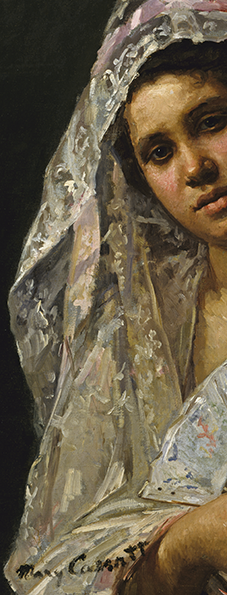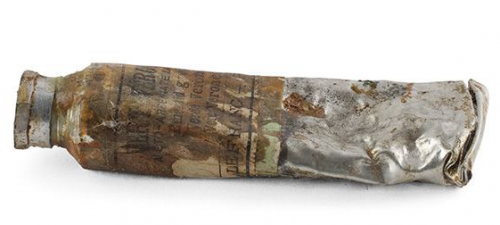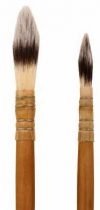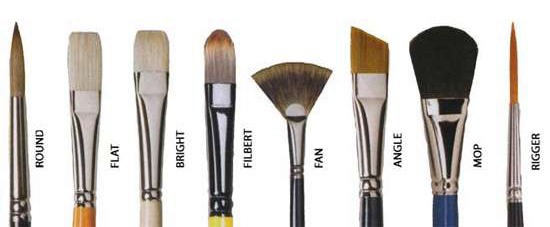Women in American Impressionism: Three Masterworks from the Smithsonian American Art Museum
 Boise Art Museum announces the presentation of three Impressionist masterworks from the collection of the Smithsonian American Art Museum: Mary Cassatt’s Spanish Dancer Wearing a Lace Mantilla, Frederick Carl Frieseke’s Nude Seated at Her Dressing Table, and Childe Hassam’s Tanagra (The Builders, New York). Each of these portraits provides a distinctive view of women at the turn of the twentieth century, filtered through the lens of the artist’s experience. Cassatt’s travels in Spain, Frieseke’s residence at the Giverny art colony, and Hassam’s urban lifestyle in New York City, are expressed through their individual choices of palette, pose, and setting. Opening alongside Impressionism in the Northwest, this exhibition provides an expanded view of the American Impressionist movement, and affords visitors the unique opportunity to experience artworks by three of the United States’ preeminent artists.
Boise Art Museum announces the presentation of three Impressionist masterworks from the collection of the Smithsonian American Art Museum: Mary Cassatt’s Spanish Dancer Wearing a Lace Mantilla, Frederick Carl Frieseke’s Nude Seated at Her Dressing Table, and Childe Hassam’s Tanagra (The Builders, New York). Each of these portraits provides a distinctive view of women at the turn of the twentieth century, filtered through the lens of the artist’s experience. Cassatt’s travels in Spain, Frieseke’s residence at the Giverny art colony, and Hassam’s urban lifestyle in New York City, are expressed through their individual choices of palette, pose, and setting. Opening alongside Impressionism in the Northwest, this exhibition provides an expanded view of the American Impressionist movement, and affords visitors the unique opportunity to experience artworks by three of the United States’ preeminent artists.
Organized by the Boise Art Museum

This is one in a series of American art exhibitions created through a multi-year, multi-institutional partnership formed by the Smithsonian American Art Museum as part of the Art Bridges + Terra Foundation Initiative.
Sponsored by Bev and George Harad

Pig bladder filled with paint

The tin tube enabled painters to leave their studios.
Ferrule
Prior to the invention of the ferrule, the metal sleeve that clamps paintbrush bristles, brushes were hand-tied in a round bundle extending in one direction from the handle. The ferrule made it possible to fan and shape the bristles to create flat brushes, enabling Impressionists to suggest movement and create finely textured surfaces in a new way. The artists could also cover their canvases faster with these brushes, allowing them to capture scenes before they changed with the weather or time of day.

Hand-tied brushes

Modern brush shapes formed with metal ferrules

